Service hotline
+86 0755-23615795
Release date:2025-04-23Author source:KinghelmViews:3377
Introduction
The global gold market has witnessed an unprecedented rally, with prices soaring to historic highs of $3,500 per ounce as of April 22, 2025. This surge, driven by geopolitical tensions, inflationary fears, and shifts in monetary policies, has sent shockwaves across industries reliant on gold—particularly the semiconductor sector. Among the most impacted are packaging and testing (OSAT) giants like [敏感词]-based Chipbond Technology and NANIUM, which have recently announced price hikes for their gold-bumping processes, marking a critical inflection point for electronic component markets.
1. Why Gold Matters in Semiconductor Packaging
Gold is indispensable in gold-bumping technology, a core process for advanced packaging of display driver ICs (integrated circuits). This technique uses gold to create microscopic bumps on wafer surfaces, ensuring precise electrical connections and heat dissipation for high-performance chips in OLED/LCD panels, memory modules, and 5G devices.
Material Dependency: Gold constitutes over 70% of raw material costs in gold-bumping processes. Its exceptional conductivity, stability, and oxidation resistance make it irreplaceable for high-end applications like 8K displays and automotive ICs.
Cost Pressures: With gold prices rising 30% year-to-date, packaging giants face shrinking margins. For instance, Chipbond’s 2024 financial report revealed a 4% drop in gross margins due to surging gold costs.
In response to gold’s volatility, Chipbond and NANIUM became the first semiconductor players to adjust pricing strategies:
Chipbond: The world’s largest display driver IC OSAT (serving Apple, Sony, and BOE) raised quotes to offset gold-driven costs, leveraging its dominant market share (40% global capacity).
NANIUM: While maintaining foundry prices, it increased packaging fees, benefiting from reduced competition in the niche driver IC market amid geopolitical shifts.
Market Dynamics:
Tariff-Induced Panic Buying: The U.S. 90-day tariff suspension triggered a rush among chipmakers to stockpile components, boosting OSATs’ order backlogs and capacity utilization to near-full levels.
Supply Chain Restructuring: The global “de-sinicization” trend has redirected orders to [敏感词]ese OSATs, enhancing their pricing power.
The gold price surge is reshaping pricing and innovation across the electronics ecosystem:
Upstream Cost Transmission: Rising packaging costs threaten to inflate prices for display driver ICs, memory chips, and RF components. For example, laptop and smartphone brands are accelerating procurement to hedge against tariff uncertainties.
Material Substitution: To reduce gold dependency, companies are exploring alternatives like copper-nickel-gold (CuNiAu) and palladium bumps, which cut material costs by 30-50% but face challenges in high-end applications due to lower yields (85% vs. gold’s 99.5%).
Advanced Packaging Solutions: Technologies like copper pillar bumps and fan-out wafer-level packaging (FoWLP) are gaining traction, reducing gold usage by 50% in some cases.
Short-Term Volatility: Analysts warn of potential corrections as gold’s RSI signals overbought conditions, yet institutions like Goldman Sachs project a $3,700/oz target for 2025, citing persistent stagflation risks.
Long-Term Shifts: While gold bumps remain vital for premium ICs, mid-to-low-end markets will gradually adopt alternative materials. Companies like Huicheng Technology are scaling CuNiAu production, aiming to cover 30% of demand by 2025.
Investment Opportunities: Focus on OSAT leaders (e.g., Chipbond) and material innovators, while monitoring low-end market saturation risks.
Conclusion
The gold price rally underscores the fragility and adaptability of semiconductor supply chains. As OSATs navigate cost pressures through pricing adjustments and technological pivots, the electronics market braces for prolonged turbulence. Stakeholders must balance short-term hedging with long-term innovation to thrive in this golden yet volatile era.
Disclaimer: The information presented above was compiled from publically available web sources and does not necessarily reflect our company's beliefs or positions. If you believe any of the content infringes on your rights or you have any issues, please contact us and we will respond swiftly.
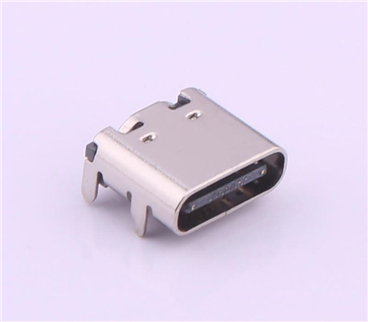
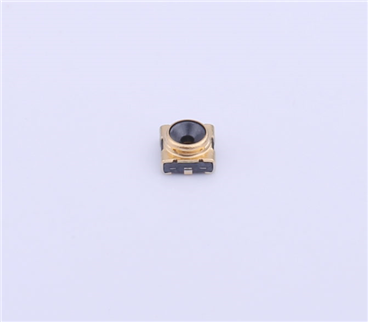
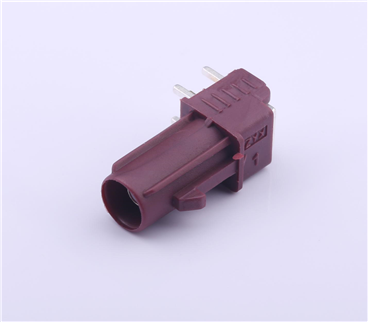
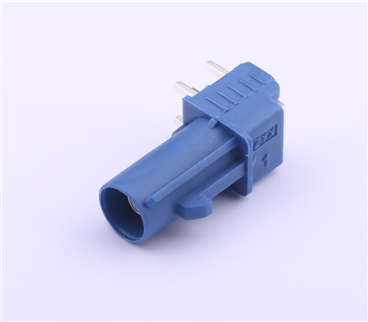
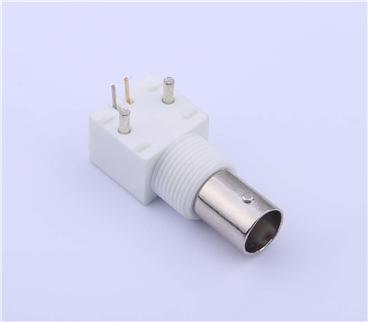
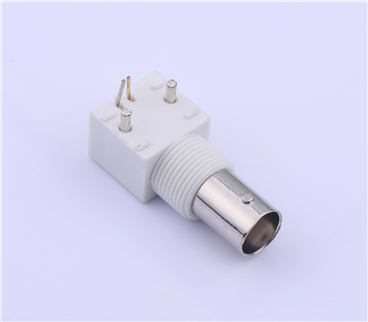
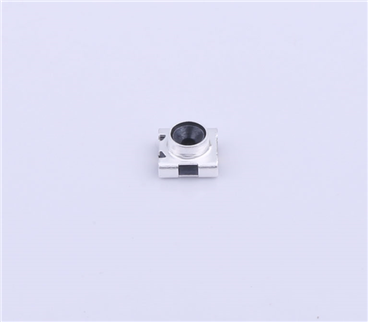

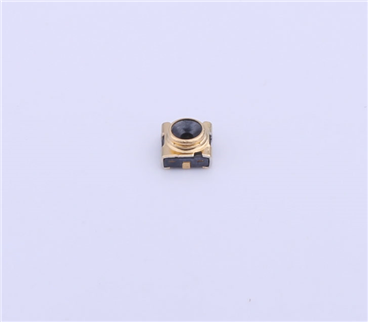
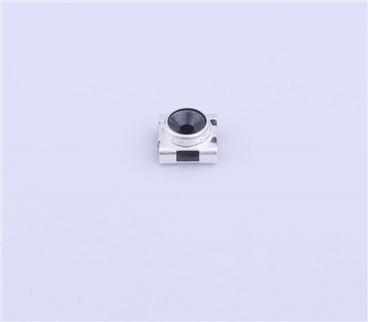
Copyright © Shenzhen Kinghelm Electronics Co., Ltd. all rights reservedYue ICP Bei No. 17113853